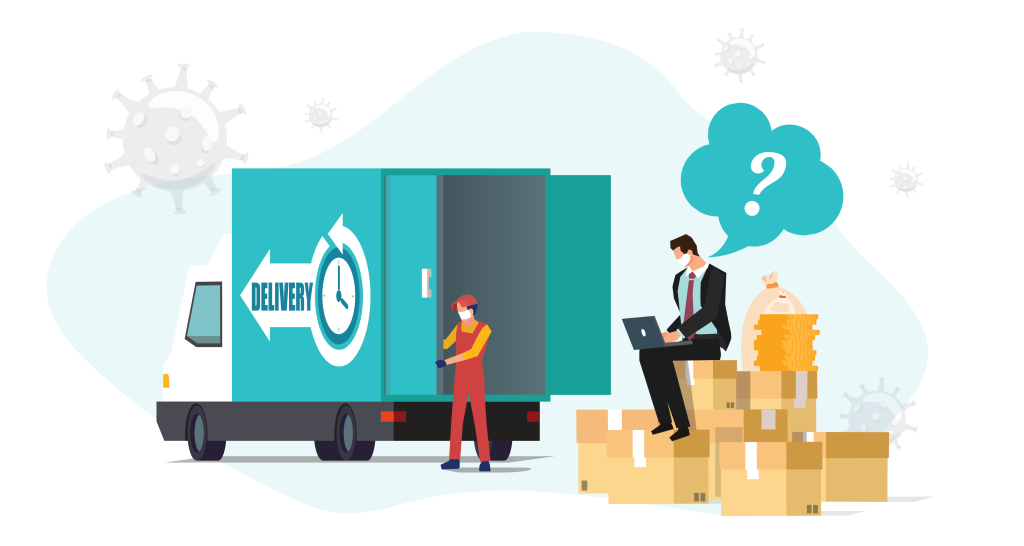Shipping costs can be a significant expense for e-commerce businesses. High shipping fees can eat into your profits and make your products less competitive. However, there are several strategies you can use to reduce shipping costs without compromising on service quality. In this article, we’ll explore practical ways to cut shipping expenses in your e-commerce business.

1. Negotiate Better Rates with Carriers
1.1 Partner with Multiple Carriers
- Don’t rely on just one shipping carrier. Partner with multiple carriers to compare rates and services. This gives you leverage to negotiate better deals and ensures you have backup options if one carrier raises prices.
1.2 Leverage Volume Discounts
- If you ship a large volume of products, you may qualify for volume discounts. Negotiate with carriers for lower rates based on your shipping volume. Even small discounts can add up to significant savings over time.
2. Optimize Packaging
2.1 Use Right-Sized Packaging
- Using packaging that is too large for your products can increase shipping costs. Choose right-sized packaging that fits your products snugly. This reduces dimensional weight charges and can lower your shipping fees.
2.2 Use Lightweight Materials
- Heavy packaging materials can add to your shipping costs. Opt for lightweight yet durable materials to protect your products without adding extra weight. This can help you save on shipping fees, especially for air shipments.
3. Implement a Free Shipping Threshold
3.1 Encourage Larger Orders
- Offer free shipping on orders above a certain amount. This encourages customers to add more items to their cart, increasing your average order value. Make sure to calculate the threshold carefully to ensure it covers your shipping costs.
3.2 Promote the Threshold
- Clearly communicate your free shipping threshold on your website and in marketing materials. Use banners, pop-ups, and email campaigns to remind customers of the offer. This can drive more sales and help offset shipping costs.
4. Use Regional Warehousing
4.1 Store Inventory Closer to Customers
- If you have customers in different regions, consider using regional warehouses. Storing inventory closer to your customers reduces shipping distances and costs. This can also speed up delivery times, improving customer satisfaction.
4.2 Partner with Fulfillment Centers
- Third-party fulfillment centers can store and ship your products from multiple locations. This allows you to offer faster and cheaper shipping options without managing multiple warehouses yourself.

5. Optimize Shipping Methods
5.1 Offer Multiple Shipping Options
- Provide customers with a range of shipping options, including standard, expedited, and economy. This allows them to choose the option that best fits their needs and budget. Offering economy shipping can attract cost-conscious customers.
5.2 Use Flat Rate Shipping
- Flat rate shipping can simplify your pricing and reduce costs. With flat rate shipping, you pay a fixed rate regardless of the package’s weight or distance. This can be particularly beneficial for heavier items.
6. Leverage Technology
6.1 Use Shipping Software
- Shipping software can help you compare rates from different carriers and choose the most cost-effective option. It can also automate the shipping process, saving you time and reducing errors.
6.2 Implement Real-Time Tracking
- Real-time tracking allows you to monitor shipments and address any issues quickly. This reduces the risk of lost or delayed packages, which can lead to additional costs. It also improves customer satisfaction by providing transparency.
7. Reduce Return Shipping Costs
7.1 Provide Clear Product Information
- Clear and detailed product descriptions, images, and reviews can help customers make informed decisions. This reduces the likelihood of returns due to mismatched expectations, saving you on return shipping costs.
7.2 Offer Easy Returns
- While returns are inevitable, making the process easy and transparent can reduce costs. Provide prepaid return labels and clear return instructions. This can minimize return shipping costs and improve customer loyalty.
8. Monitor and Analyze Shipping Data
8.1 Track Shipping Costs
- Regularly monitor your shipping costs to identify trends and areas for improvement. Use this data to make informed decisions about carrier contracts, packaging, and shipping methods.
8.2 Analyze Customer Feedback
- Customer feedback can provide valuable insights into your shipping process. Use this feedback to identify pain points and make improvements. Happy customers are more likely to return and recommend your store to others.

Reducing shipping costs in your e-commerce business is achievable with the right strategies. By negotiating better rates with carriers, optimizing packaging, implementing a free shipping threshold, using regional warehousing, optimizing shipping methods, leveraging technology, reducing return shipping costs, and monitoring shipping data, you can cut expenses without compromising on service quality. Start implementing these tips today, and you’ll see a positive impact on your bottom line.




